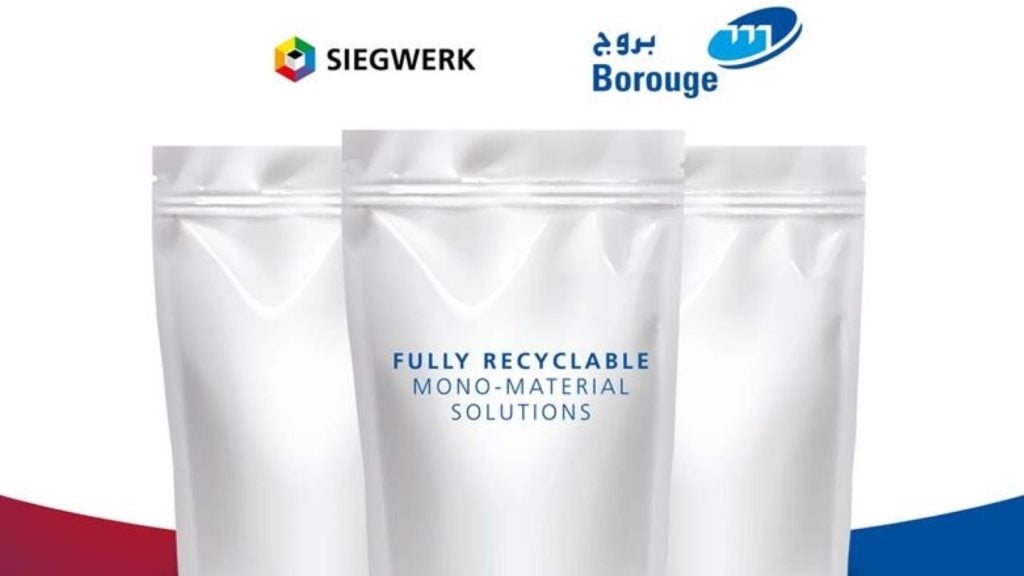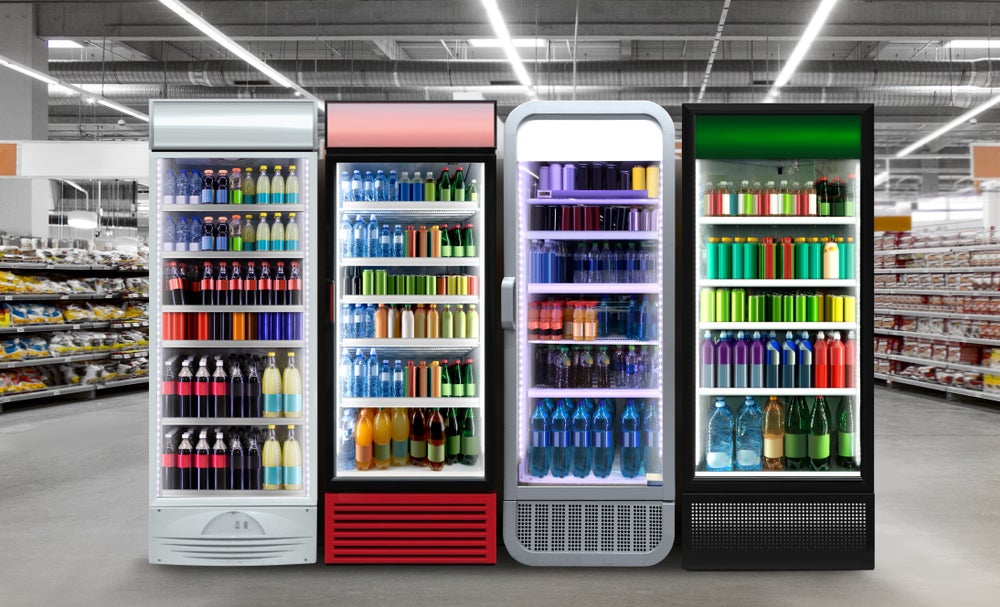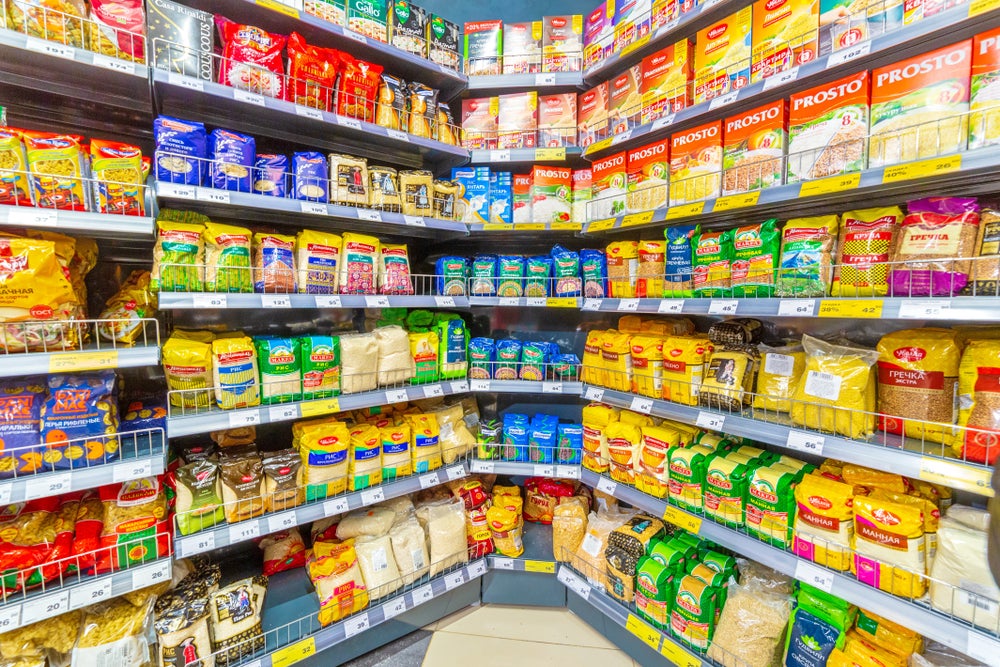
‘Over-packaging’ has come to be a dirty word in recent years. Today’s consumers, increasingly concerned with sustainability, have little patience for products packed like Russian dolls. Easter eggs wrapped in foil, suspended in plastic, placed in a box? For many shoppers, there is no way to justify the landfill waste.
Eco-friendly packaging, then, is not just about conforming to specific directives. It is also about marketability – where the packet is seen to benefit the planet, it can’t help but be of benefit to the brand.
Take the memorable 2009 advert for Kenco coffee beans. It depicted a world entirely free of packaging; a reductio ad absurdum situation in which customers scooped up the beans with their bare hands. You can’t get rid of packaging altogether, suggested the ad, but the new lightweight version will take you close.
While right-on, this message is not entirely in line with industry realities. The true goal is not packaging reduction – edging asymptotically closer to the impossible dream of no packaging at all – but the more nuanced task of optimisation. Manufacturers must perform a complex balancing act, both avoiding wastage and ensuring the packaging adequately fulfils its role.
"There’s always a conflict between minimising packaging waste and minimising food waste," says Phillipe Diercxsens, packaging and environment coordinator for the beverages division of Danone in Brussels. "Over the years, we have become specialists in finding the equilibrium between under and over-packaging. There comes a critical point at which it is optimally designed."
See Also:
Waste not
The environmental impact of food wastage should not be downplayed. This is a global problem, affecting every step of the supply chain. And while the bulk of waste takes place at the agricultural or consumer stage (the average adult throws away 100kg of usable food each year), it’s incumbent on the food industry to stem the damage as best they can.
How well do you really know your competitors?
Access the most comprehensive Company Profiles on the market, powered by GlobalData. Save hours of research. Gain competitive edge.

Thank you!
Your download email will arrive shortly
Not ready to buy yet? Download a free sample
We are confident about the unique quality of our Company Profiles. However, we want you to make the most beneficial decision for your business, so we offer a free sample that you can download by submitting the below form
By GlobalData"Wastage is one of our biggest concerns," says Diercxsens. "It’s not very frequently the case, but if a product is wrongly packaged, you can have food losses – the food spoils too early and cannot be eaten."
Portion sizes are also very much their domain. "Socioeconomics are crucial when it comes to food waste," says Diercxsens. "There have been calculations made that show that the bigger the family or the group, the lower the wastage. They will buy the food in bigger packages and discard less food and less packaging."
Food and beverage companies must therefore take demographic factors into account, designing packaging, for example, that caters to the rise in single-person households. This poses new challenges and requires they think outside the outsized box.
Fundamentally, however, their task remains the same – to ensure the product arrives in perfect condition, and that the packaging is neither flimsy nor excessive. They need something that Goldilocks could get behind: not too big, or too small, but just right.
Minimal packaging vs maximal damage
This is not merely a matter of trial and error. The ideal size can be pinpointed by the Innventia AB model, also known as the Sörås curve (see Figure 1 image, right). Developed in 2000 by Swedish professor Anders Sörås, this graph plots the relationship between package size (along the x-axis) and environmental damage (on the y-axis).
Understandably enough, the curve starts high. This is the point of minimal packaging and maximal damage – the point at which your coffee beans are falling through your fingers and ricocheting down the aisles. As more packaging is introduced, less of the product is squandered and the environmental damage is reduced. Eventually, you reach the lowest point on the curve – the optimal packaging level.
Should you increase the volume past this point, the damage will creep up again – thrice-packed Easter eggs would not fare well under this metric – but the curve is gradual and the overall trend perhaps surprising. Over-packaging, that scourge of the green-conscious shopper, is actually a lesser evil than under-packaging.
"If you slightly overpack your product, you will consume a little extra packaging material but you will avoid losing the product," explains Diercxsens. "On the other hand, if you underpack it, you risk losing the product and the packaging."
For the packet to be the optimum, it must undergo a battery of tests.
"We have a test for each type of packaging that we intend to put on the market," he continues. "When you put out a new product for the first time, generally it’s a bit overpacked. Then month by month, year by year, we adapt it with storage tests, with resistance tests, with gas penetration tests. We discover how we can reduce the weight towards that optimal point."
A good example of this process in action is Actimel, one of Danone’s yoghurts. 20 years ago, the package weight was 7.5g. It has since been brought down to 5g, and there is every chance it will shrink further still. "There will come a moment when we will reach the lowest possible weight," says Diercxsens. "Or alternatively, there’ll be a breakthrough in technical developments, and the packaging will have a completely new design."
The technologies in the field are progressing all the time. Although Danone does not itself specialise in packaging, its suppliers are working hard to develop lightweight and eco-friendly solutions. PET-based packaging in particular has dropped in size in recent years.
"With our polystyrene yogurt cups we are now able to put some micro air bubbles into the polystyrene," says Diercxsens. "And that’s a new technical procedure – we were completely unable to do it ten years ago. It will allow us to reduce the weight of the packaging by 10-15%."
Recyclability and optimisation
This is not to say that packaging weight is the only factor determining sustainability. As a company that makes prolific use of PET, questions of recyclability are always near the top of Danone’s agenda.
"In the plastics sector, the most important achievement during the past few years has been the possibility of using recycled PET," says Diercxsens. "While a couple of years ago, European regulations did not permit its use due to fears about contamination, our suppliers have proved that with recycled PET, the quality is exactly the same as virgin PET."
The company is also endeavouring to lower its energy and water consumption, and aims to reduce its carbon footprint by 30% over the next ten years. Becoming more environmentally friendly can be nothing other than a large-scale and multifaceted operation.
Nonetheless, as Danone strives to meet its environmental targets, further optimisation of its packaging should prove a major determinant of success. And finding the balance between conflicting needs will continue to be key.
As Diercxsens sees it, discussions of sustainability are too heavily skewed towards over-packaging. The risk is that, through rightly vilifying offenders – the cling-filmed coconuts and the blister-packed bubblegum – we wrongly ignore the vital role that packaging has to play.
"The type of packaging that Danone chooses is due to many factors," says Diercxsens. "But the most crucial, of course, is the consideration of the product. We want to bring to the consumer products that remain completely fresh right up to the moment of consumption. That has always been our first and most important aim."







